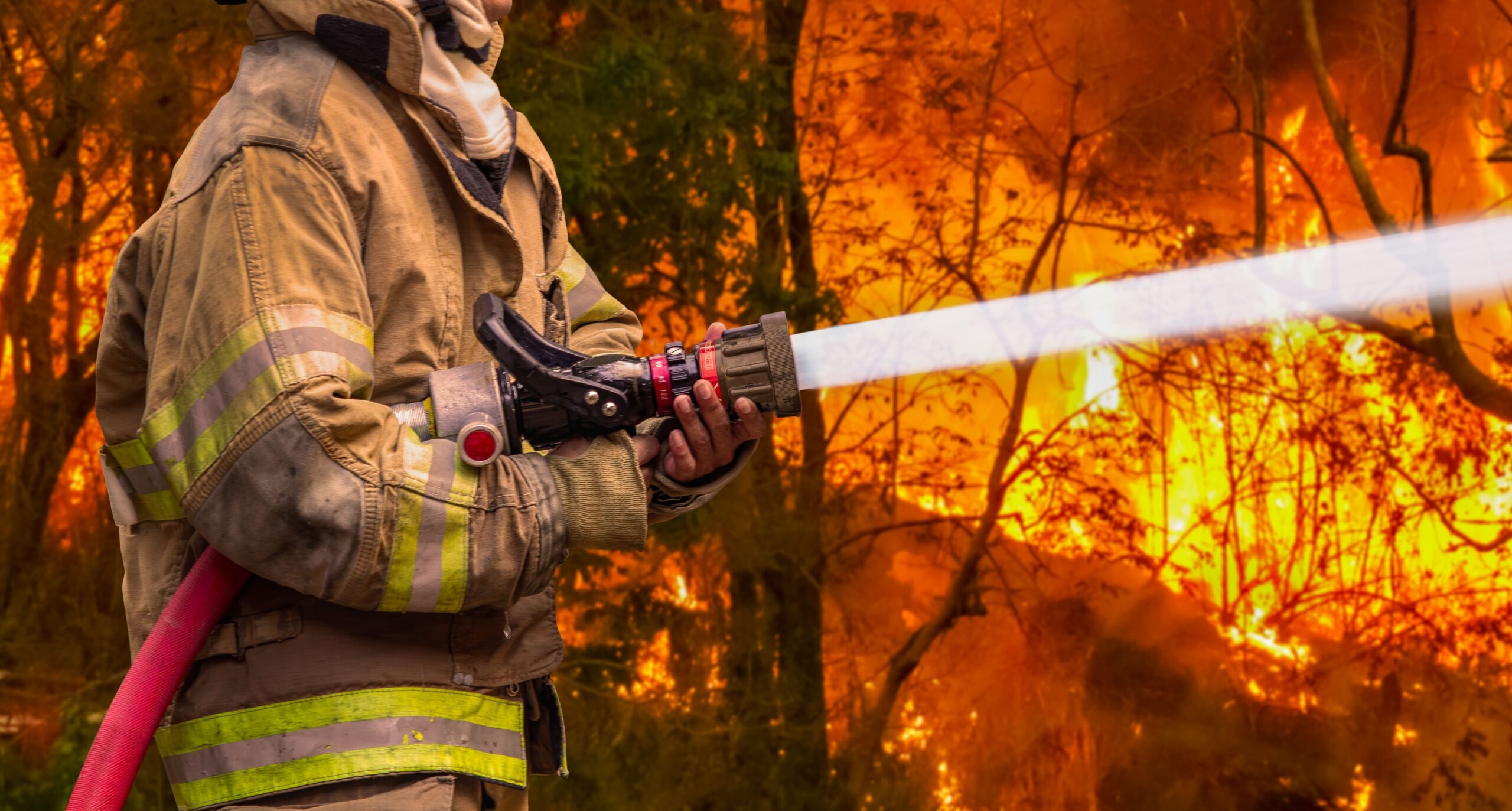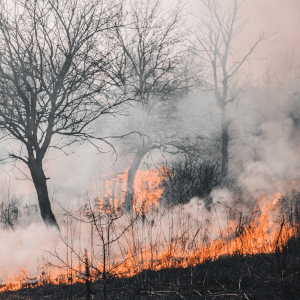 AiDash has come up with a list of the top 10 counties in California which are at the highest risk of experiencing wildfires in 2023.
AiDash has come up with a list of the top 10 counties in California which are at the highest risk of experiencing wildfires in 2023.
Those counties are:
- Ventura
- Santa Barbara
- Los Angeles
- San Diego
- Riverside
- Tehama
- Glenn
- Colusa
- Yolo
- Siskiyou
More Rain Means More California Wildfires
The state of California was hit by a series of atmospheric rivers in early 2023, bringing heavy rainfall and flooding to the state. According to AiDash CEO and Co-Founder Abhisek Vinod Singh, this heavy rain has led to abundant growth of vegetation which will dry out in the summer. This vegetation will then become fuel for potential wildfires.
In other words, wildfire risk is especially high for California in 2023 due to the heavy rains experienced early in the year.
AiDash analyzed the correlation between precipitation in the winter and wildfires after that precipitation. The company found that exceptional amounts of rainfall during the winter of 2016-2017 and the winter of 2018-2019 led to exceptional amounts of vegetation growth which served as fuel for wildfires throughout California.
The 2017 California wildfire season was the most destructive season ever recorded at the time. 9,560 fires burned 1,548,429 acres of land, damaged or destroyed over 10,000 structures, killed 47 people and cost at least $18 billion.
The largest California wildfire in 2017 was the Thomas Fire, which burned 281,893 acres of land in Ventura and Santa Barbara Counties from December 4, 2017 to January 12, 2018. It destroyed 1,063 structures, damaged another 280 structures, and killed two people. The fire cost over $2.2 billion. The fire also caused debris flows in Montecito in January 2018. The debris flows occurred when heavy rain fell on hill sloped which had seen their vegetation removed by the Thomas Fire. Investigators determined that Southern California Edison equipment was to blame for the fire, and Edison settled with insurance companies over the fire and mudslides for $1.16 billion.
The 2019 California wildfire season saw 7,860 wildfires burn 259,823 acres of land, damage or destroy 732 structures, kill three people and cost $163 million in suppression efforts.
The largest California wildfire in 2019 was the Kincade Fire, which burned 77,758 acres of land in Sonoma County and destroyed 374 buildings. CAL FIRE determined the fire was caused by PG&E’s transmission lines.
A CAL FIRE spokesman told Fortune that an increased amount of fuel for fires to burn is what is expected to come out of early 2023’s rains in California.
A UCLA climate scientist told Fortune that if California is lucky, the next rainy season will begin early and “decapitate” the fire season. However, that scientist said “I wouldn’t count on it” since some of the worst recent California wildfires have occurred after wet winters.
Wildfire risk should be lower than normal at high elevations, a National Center for Atmospheric Research scientist told Fortune. Vegetation at higher elevations doesn’t dry out as quickly because it tends to stay wetter for a longer period of time, as it takes time for snow to melt, she said. However, she noted that at lower elevations, plants can turn “crispy pretty quickly” during the heat of summer.
A NASA ecologist told Fox 5 that the down side of wet, rainy years regarding wildfire risk is more vegetation. “Just logically, there’s more to burn” he said.
A Mational Weather Service San Diego meteorologist told Fox 5 that he’s concerned about Southern California’s notorious Santa Ana winds. He noted that heat waves and the Santa Ana winds may dry out all of the extra vegetation in Southern California this summer, and that the vegetation at that point will become fuel for fires.
California Hit With Heavy Rainfall In Early 2023
 California was hit with a lot of rainfall from early 2023’s atmospheric rivers. Locations in the 10 counties named by AiDash as having the highest risk of wildfires in 2023 have seen the following amounts of precipitation so far in in the 2022-2023 water year, which began on October 1, 2022:
California was hit with a lot of rainfall from early 2023’s atmospheric rivers. Locations in the 10 counties named by AiDash as having the highest risk of wildfires in 2023 have seen the following amounts of precipitation so far in in the 2022-2023 water year, which began on October 1, 2022:
- Oxnard (Ventura County) – 26.78 inches
- Santa Barbara (Santa Barbara County) – 27.84 inches
- Los Angeles International Airport (Los Angeles County) – 23.55 inches
- Oceanside Marina (San Diego County) – 20.6 inches
- Palm Springs (Riverside County) – 3.76 inches
- Red Bluff (Tehama County) – 25.88 inches
- Orland (Glenn County) – 26.01 inches
- Davis (Yolo County) – 28.18 inches
- Yreka (Siskiyou County) – 14.91 inches
In addition, according to the National Oceanic and Atmospheric Administration, the following locations in California have seen exceptional amounts of precipitation so far during the 2022-2023 water year:
- Bear Trap Meadow – 95.90 inches
- Bowman Dam – 88.59 inches
- Giant Forest – 86.22 inches
- Downieville – 83.23 inches
- Strawberry Valley – 82.60 inches
- Mount Wilson – 81.83 inches
- Pacific House – 77.47 inches
- Cherry Valley – 77.40 inches
- Hossack – 75.93 inches
- Bucks Creek – 75.42 inches
- Calaveras Big Trees – 75.06 inches
- Gasquet – 74.57 inches
- Rogers Camp – 72.04 inches
- Sly Park – 70.78 inches
- Atwell Camp – 70.00 inches

